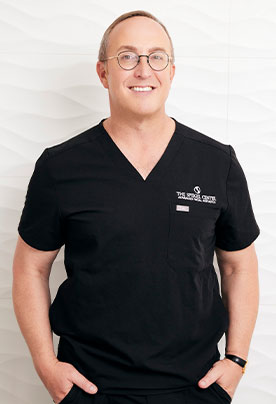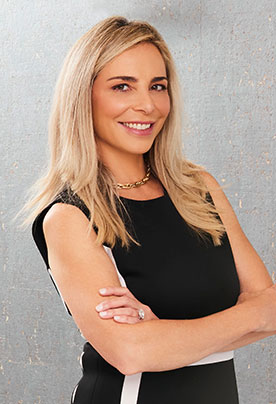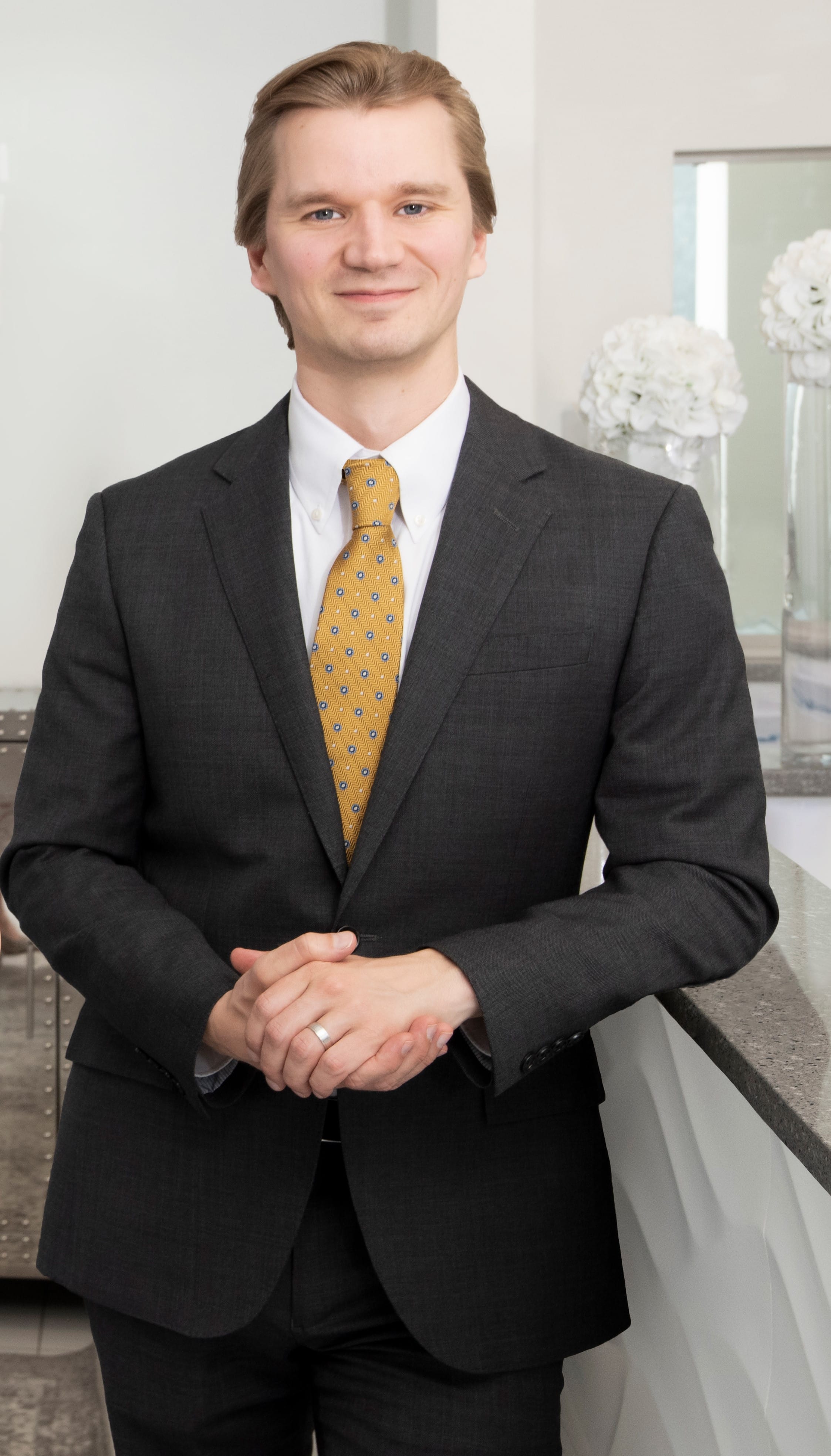
For more than 25 years I’ve been doing voice surgery. I was very fortunate to train in San Francisco with Dr Herbert Dedo, one of the world’s foremost laryngologists. Many of the basic pieces of equipment used in voice surgery are named after him. In fact, the key device often used in voice feminization surgery is known as a Dedo Laryngoscope.
Additionally, for more than 20 years I’ve been a Professor at Boston University where laser surgery on the vocal cords was first pioneered by Drs. Strong, Vaughan, and Jako. I’ve spent time with all of thesr celebrated pioneers.
Voice feminization involves changing the pitch of the vocal cords. This can be done by tightening, shortening, or thinning the cords.
Think about a guitar string. To raise the pitch of the string you can tighten it by twisting the appropriate tuning peg. Or, you can put your finger on the frets along the neck to raise the pitch by effectively shortening the length of the string that vibrates. Also, heavier strings have lower pitch. The lower the mass of the string, the higher the pitch when it vibrates. Thus you can thin the cord to raise the pitch.
There are basically 3 approaches to voice feminization. First, Cricothyroid Approximation, or CTA, is a procedure where the vocal cords are stretched to make them tighter. (It’s similar to twisting the tuning peg of the guitar string). This is still popular in some places in Europe. It works, but has limitations: It may not last (the vocal cords may relax over time), and it may make the Adam’s apple more visible.
Second, reduction of the vocal cord mass. Here, a laser is used to thin the vocal cords to make them thinner so that the sound is higher. The problem here is that it is unpredictable. The anatomy of the vocal cords is delicate and scarring can interfere with a smooth voice. Laser thinning of the vocal cords may raise the pitch at the cost of vocal quality. You could sound breathy or too soft.
There is another procedure where the cartilage of the larynx is surgically split and the vocal cords are cut short and then the entire voice box is sewn back together. This has the advantage of reducing the appearance of the Adam’s apple at the same time as shortening the vocal cords. But, many surgeons consider the risks of this procedure to be too high.
Most common at this time is the procedure I regularly do, called a Wendler Glottoplasty. (This is what is done at the Yeson Voice Center in South Korea, though Dr. Wendler described it back in 1966!) Here, we shorten the vocal cords to raise the pitch.
According to the best study on the procedure, which we did using cadaveric larynges (vocal cords that were outside of a cadaver), the key is to shorten the cords by approximately 35%. Today, this is done by using a laser or other instruments to create a “wound” that can be precisely stitched together for accurate healing. I remember creating and adjusting anterior webs with Dr. Dedo back in the mid 1990s and hear his expert guidance even now as I do these procedures.
The procedure is done through the mouth, takes approximately one hour, can be done with a tracheal shave, and recovery is easy, except that you’ll need voice rest for a period of time. This means no speaking until we are confident that the vocal cords have healed into proper position.
Voice Feminization Surgery is not a substitute for speech therapy as pitch is only one component of a feminine voice. Good vocal training before, and after, VFS can greatly enhance your success.





